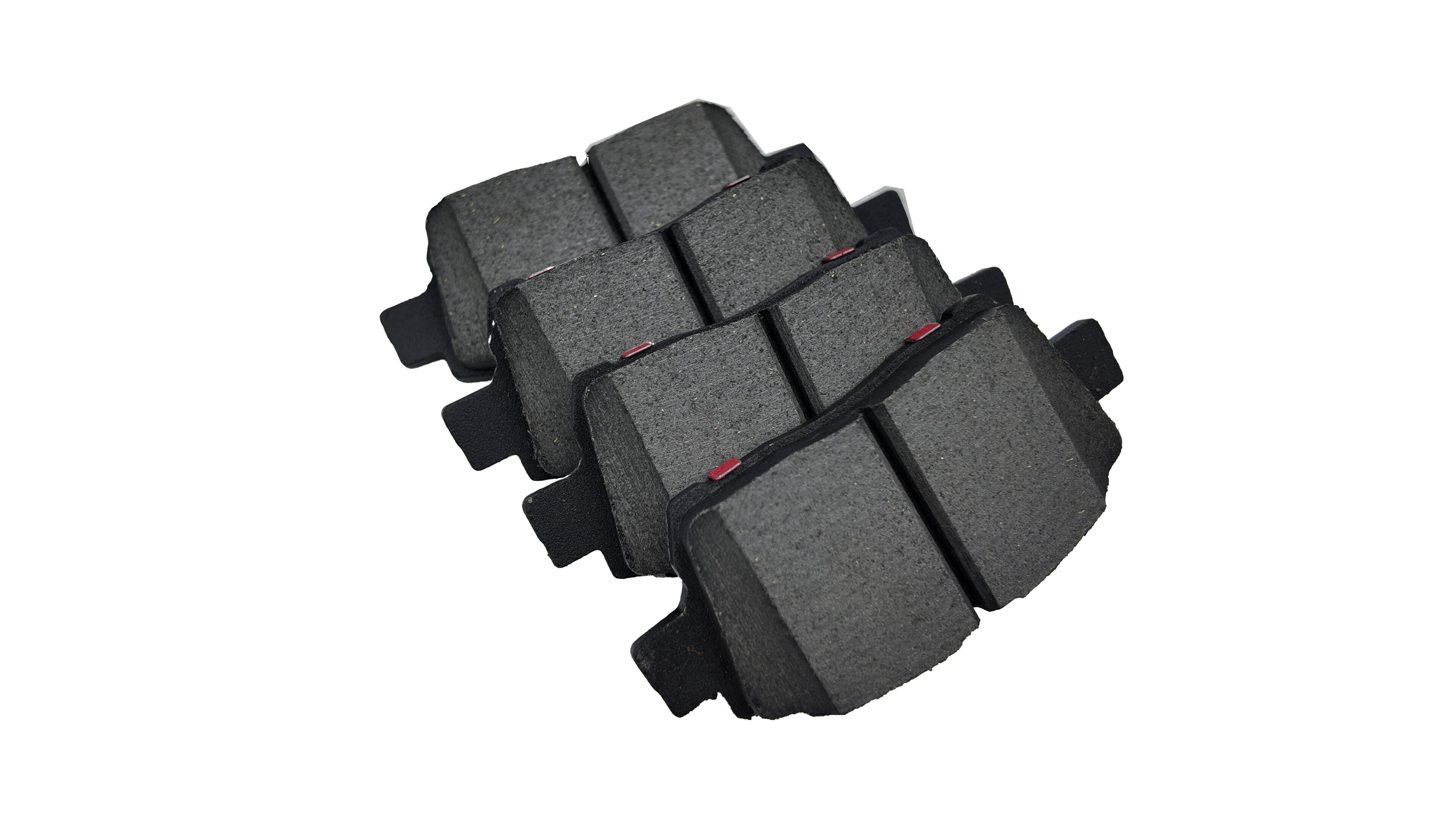ceramic v semi metallic brake pads
Ceramic and semi-metallic brake pads represent two distinct approaches to vehicle braking technology. Ceramic brake pads, introduced in the 1980s, consist of dense ceramic fibers, bonding agents, and copper fibers, offering a sophisticated solution for modern vehicles. Semi-metallic brake pads, composed of 30-65% metal content including steel, iron, and copper, mixed with friction modifiers and bonding materials, provide robust stopping power. These two types differ significantly in their performance characteristics and applications. Ceramic pads excel in producing less dust, operating more quietly, and maintaining consistent performance across various temperature ranges. They're particularly well-suited for everyday driving and luxury vehicles. Semi-metallic pads, conversely, offer superior stopping power and heat dissipation, making them ideal for high-performance vehicles and demanding driving conditions. The technology behind both types continues to evolve, with manufacturers developing hybrid solutions that combine the benefits of both materials. The choice between ceramic and semi-metallic brake pads often depends on factors such as driving style, vehicle type, climate conditions, and personal preferences regarding noise levels and maintenance requirements.

